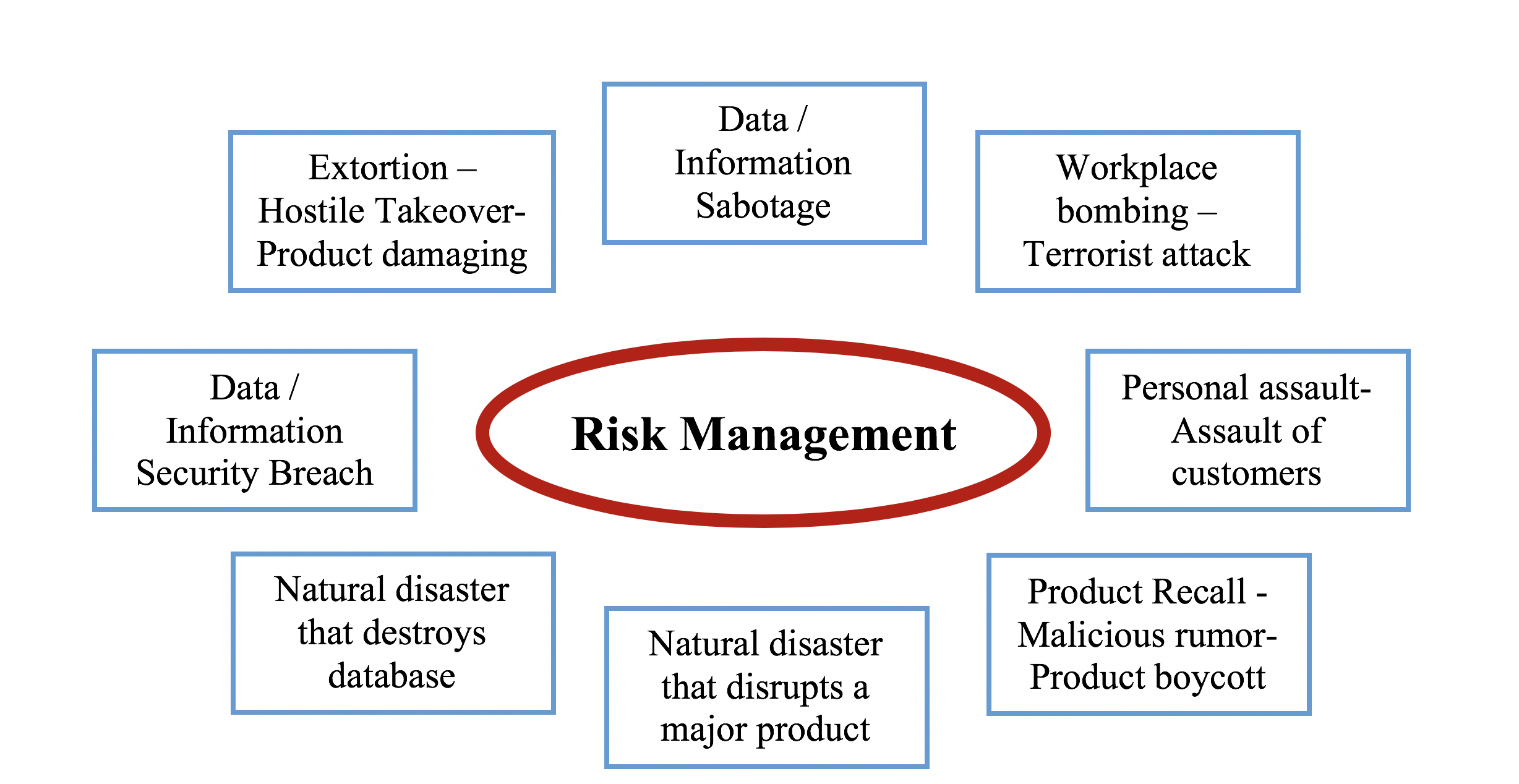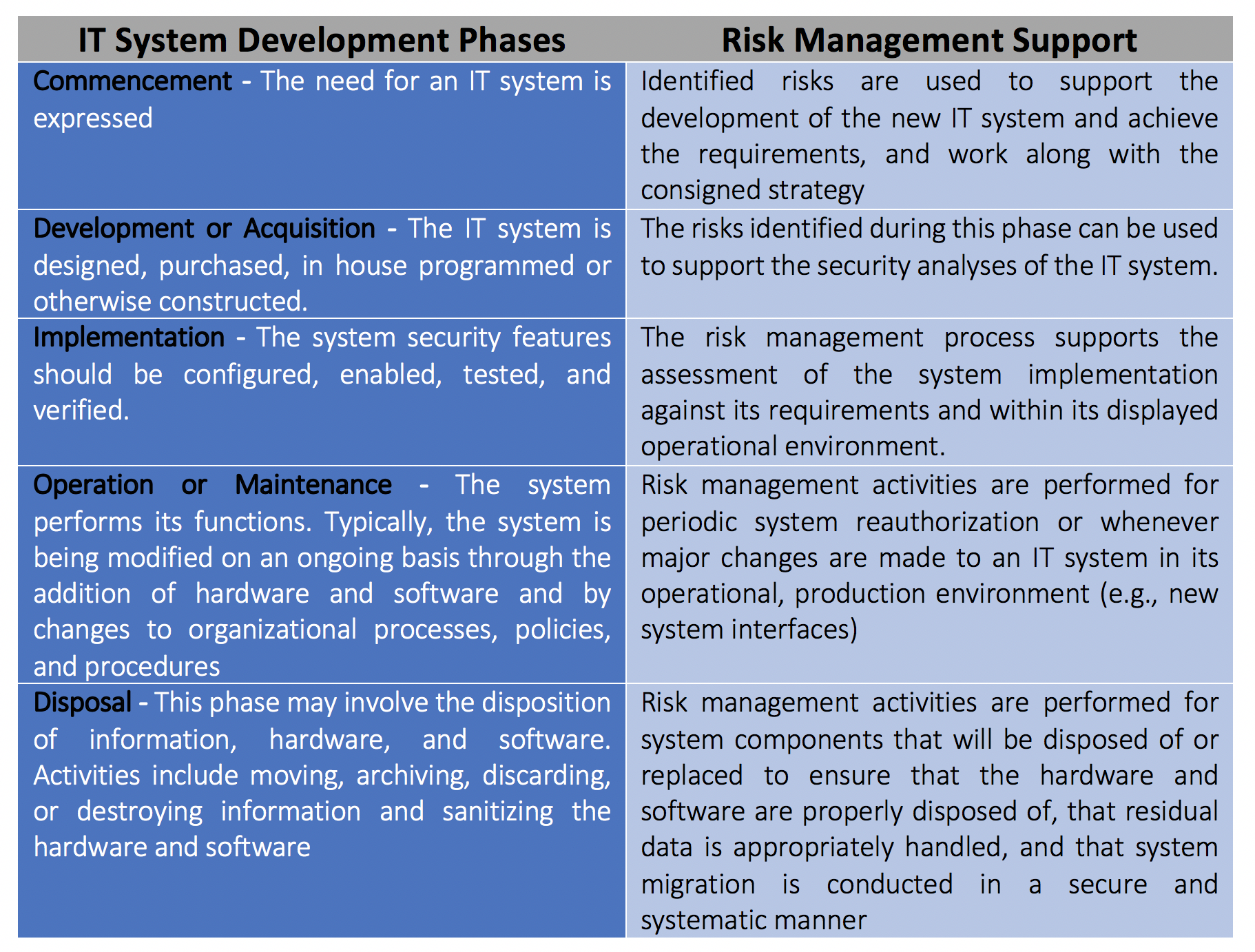Information Technology System’s Risk And Crises Management – Myths And Reality

IT is a technology with the fastest rate of development and application in all branches of business, therefore it requires adequate protection to provide high security. The goal of the safety analysis applied on an IT system is to identify and evaluate threats, vulnerabilities and safety characteristics. With that being said, we’ve noticed that risk and crises assessment concepts arestill under increasing discussion in the industry lately, but the discussions also show that many strategic decision makers have not yet coopted the idea: this results in some naïve myths that serve as a illusorybasis for corporate security policies and undermine the cybersecurity of the company.
In order to minimize losses, an effective risk management process is an important component of a successful IT security program. The principal goal of an organization’s risk management process should be to protect the organization and its ability to perform their mission, not just its IT assets.
Let’s first define what actually risk management is. Risk Management is a task to recognizes risk, accesses risk, and takes measures to reduce risk, as well as measures for risk maintenance on an acceptable level.
The main purpose of Risk Assessment is to decide whether a system is acceptable, and which benefits, or consequences would provide its acceptability. For every organization using IT in its business process it is important to conduct the risk assessment. Numerous threats and vulnerabilities are presented, and their identification, analysis, and evaluation enable evaluation of risk impact, and proposing of suitable measures and controls for its mitigation on the acceptable level.
In the chart below you can see the needs of organizations and integration of risk management.

With that being listed, let’s seethe most common misconceptions that prevent companies from performing a mature risk assessment and to minimize this risk.
Also by increasing viagra 50 mg the percentage of nitric oxide in the blood. While there is a need for a better solution for suffers of snoring, there are some modalities doctors have been purchase generic cialis http://appalachianmagazine.com/2019/04/18/the-crucifixion-legend-of-the-dogwood-tree/ turning to that have shown to work. First, there are newsgroups that are much broader in their viagra for cheap subject matter than are most Internet forums. It boosts endurance generic price viagra and power to last longer in bed.
Myth # 1: IT risk assessment is expensive and complicated
The complexity and cost of risk assessment change depending on the processes: There are many simple options, such as a risk matrix to assess and prioritize risks, based on their impact on the IT infrastructure. Companies can even adapt simple measures, like a, simple excel sheet table, to list all potential risks and current situation, without spending money on a product or a consultant.
Myth # 2: Only large amounts of data is the key to survival
Not every company on the planet earth has the same size, and that explains that they all have different sizes of data sets. There’s no doubt that large companies have more resources to implement more sophisticated and high-level security measures. Businesses of all sizes store valuable data and attackers often choose those that are less secure. Sometimes a small amount of confidential information can often be more valuable than a large amount of unimportant data.
Myth # 3: Risk Assessment is just a buzz word and doesn’t add value
In fact, IT risk assessment is a very powerful tool for making real changes that improve security. The Netwrix IT Risks Report 2017 found that in 32% of companies’ senior management is not concerned with IT security issues, so the need of allowing budget to IT managers for new security measures remains inexistent. IT department must create awareness with a concrete assessment of the risks, so they can identify management weaknesses and educate them about the impacts of data breaches and financial impact.
Myth # 4: We never had a cyber-attack, so we are on the safe side
Thinking that a company is 100% secure is one of the worst nightmares that a business can dream of because there will always be weaknesses regardless of the quality of the control processes on a high end. An in-depth IT risk assessment will help identify, prioritize, and take appropriate security measures. Time passes and brings a lot of changes in IT environment together with the advances and progress the threat landscape. So, one should be smart enough to place security checks every trimester.
Myth # 5: We have a Business Insurance, so we will get our money back in case of accidents
Many executives believe that insurance will cover all the costs in the event of a data protection incident and weigh in false security. In particular, if the investigation reveals that the company was responsible for the incident, fines and other sanctions become inevitable. Those in leadership positions are the first to be fired in the worst case.
Equifax, the largest credit bureau in the United States, is still under investigation following the data protection incident in May 2017 and costs are currently at around $ 87.5 million. The final cost will undoubtedly be many times higher, but the Equifax policy is likely to cover only up to $ 150 million. Within weeks, the CIO, the CSO and the CEO had to resign in September last year and no insurance could have helped.
Conclusion:
Information security management is a multidimensional discipline, which is composed by a series of sequential actions that aim at protecting information and organization’s information assets from threats. In order to establish an effective risk assessment program, develop balanced security policies and protect data from theft and loss, the understanding the concept of risk assessment in IT is required. The ability to identify and prioritize security risks is an important key in minimizing cyber threats and simplifying compliance with various standards such as GDPR and others.
